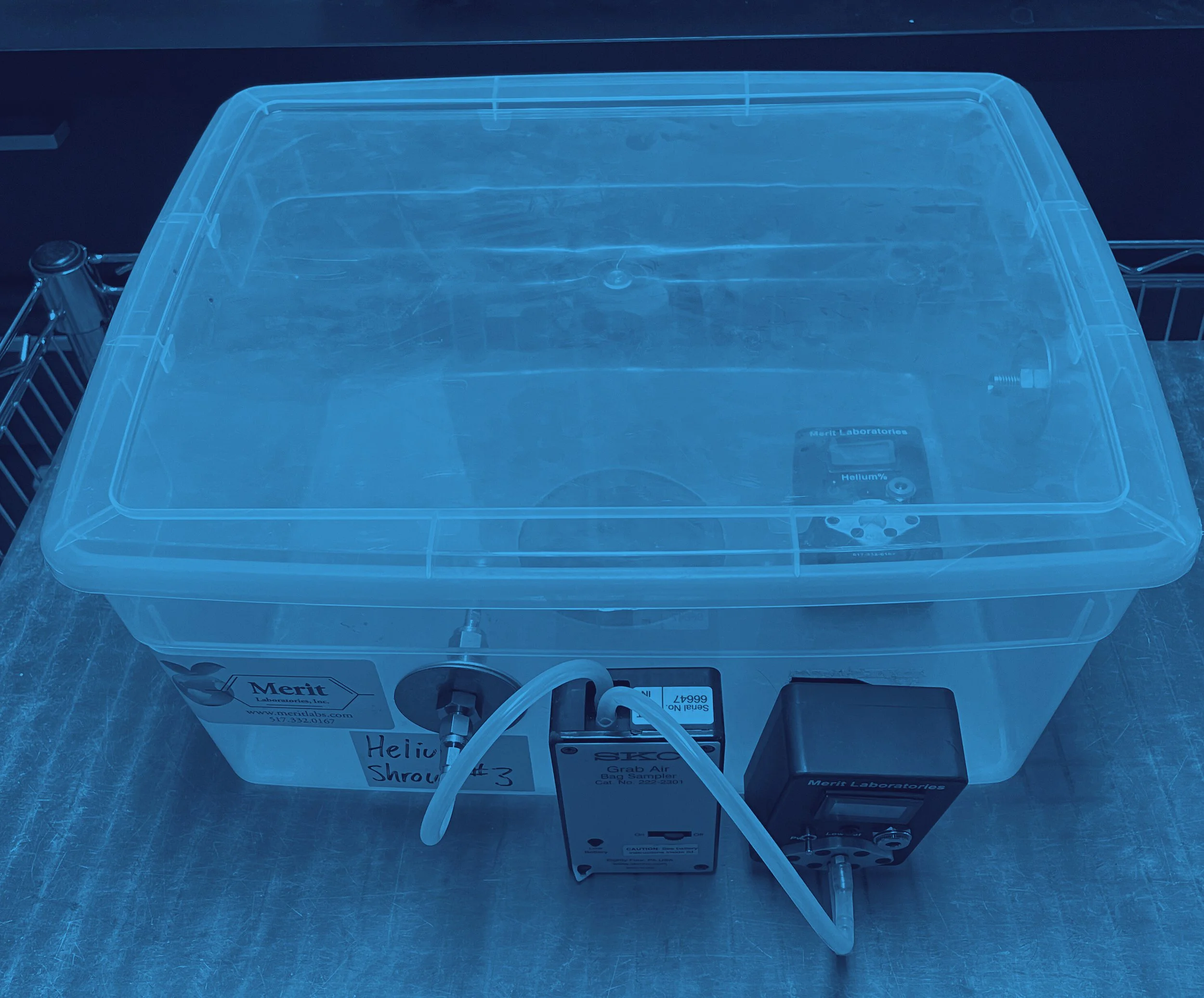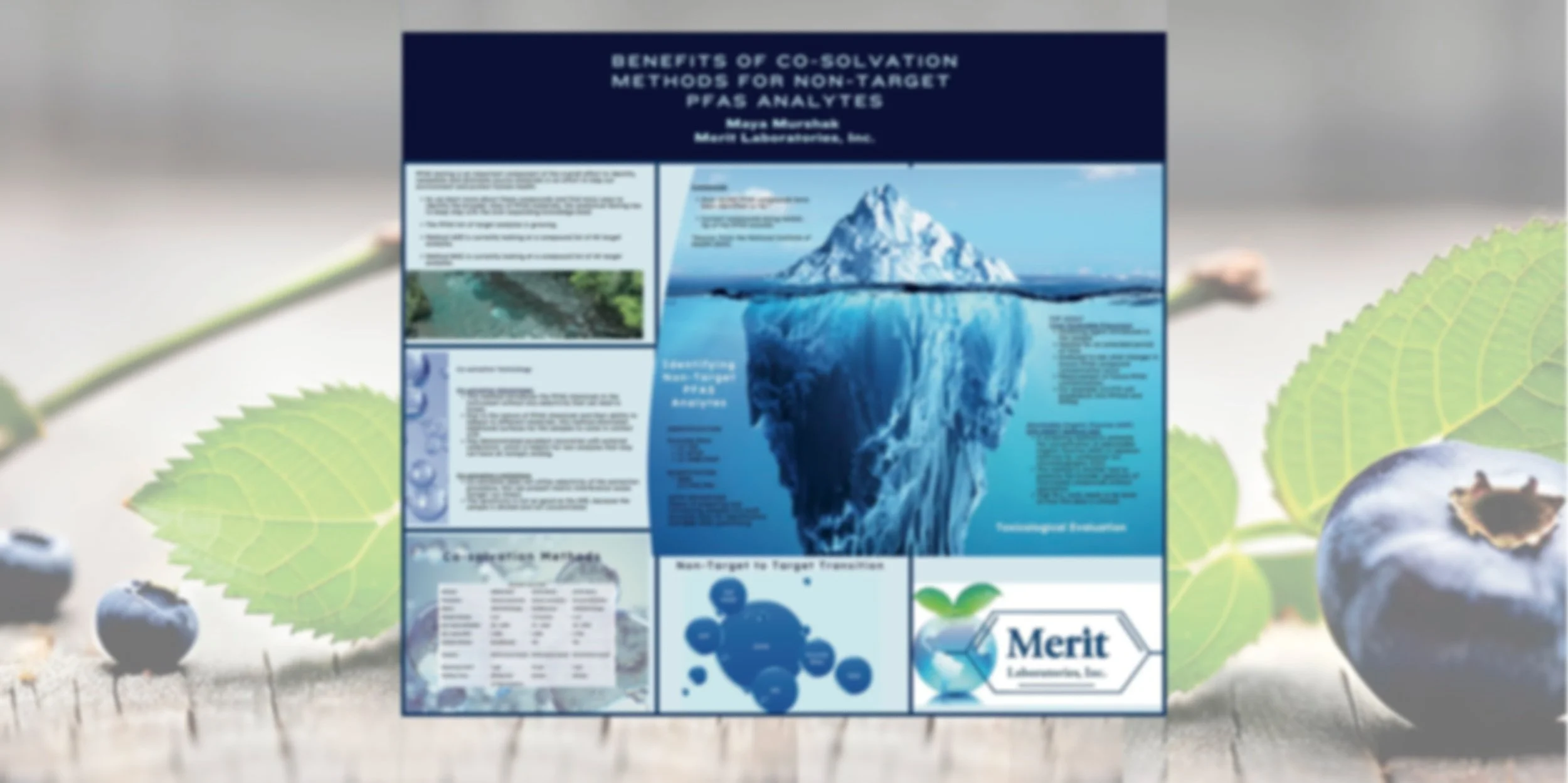The U.S. EPA released a Draft Sewage Sludge Risk Assessment for PFOA and PFOS, open for public comment. The public comment for the draft, released in January 2025, has been extended until August 14, 2025. This draft risk assessment reflects the EPA's latest scientific understanding of the potential risks to human health
PFOA and PFOS Proposed for Designation as CERCLA Hazardous Substances
PFAS Limits Significantly Lowered in EPA Health Advisories
The U.S. Environmental Protection Agency (EPA) released updated health advisories in June for PFAS compounds in drinking water. These new limits significantly reduce the guidelines previously established in 2016. The new drinking water interim health advisories reduce the limit for both PFOA (perfluoro-octanoic acid) and PFOS (perfluoro-octane sulfonate).
Wisconsin Natural Resources Board Considering PFAS Regulatory Limits
Advocates for the health of Wisconsinites are hopeful that the state’s Natural Resources Board (NRB) will vote on establishing PFAS regulatory limits for both surface water and drinking water at its next meeting. The NRB, which sets policy for the Wisconsin Department of Natural Resources (DNR), has scheduled its next meeting for February 22-23 in Madison.
Reducing Your Exposure to PFAS
Nearly everyone in the United States has been exposed to PFAS and likely have PFAS in their blood, especially perfluorooctane sulfonic acid (PFOS) and perfluorooctanoic acid (PFOA), according to the Agency for Toxic Substances and Disease Registry (ATSDR). PFAS chemicals have been used in industry and consumer products worldwide since the 1950s. These forever chemicals are prevalent in non-stick cookware, water-repellent clothing, stain resistant fabrics and carpets, some cosmetics, some firefighting foams, and products that resist grease, water, and oil.










